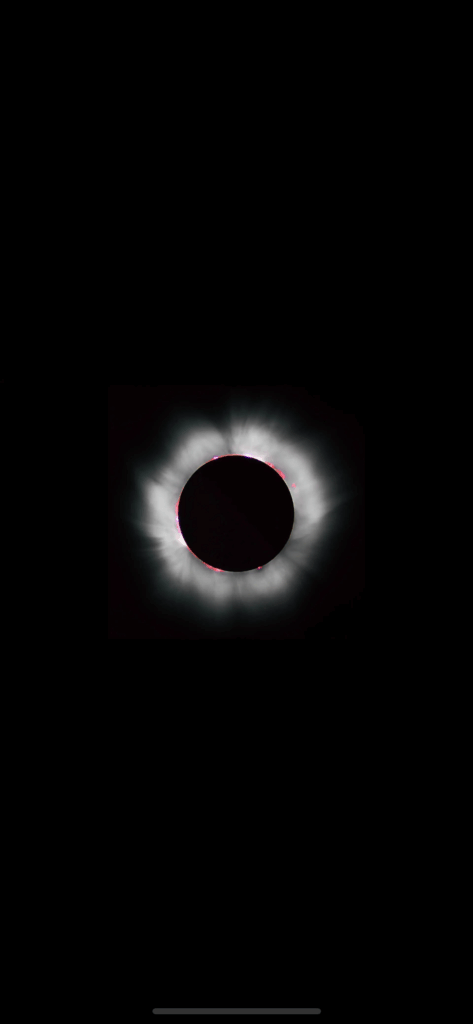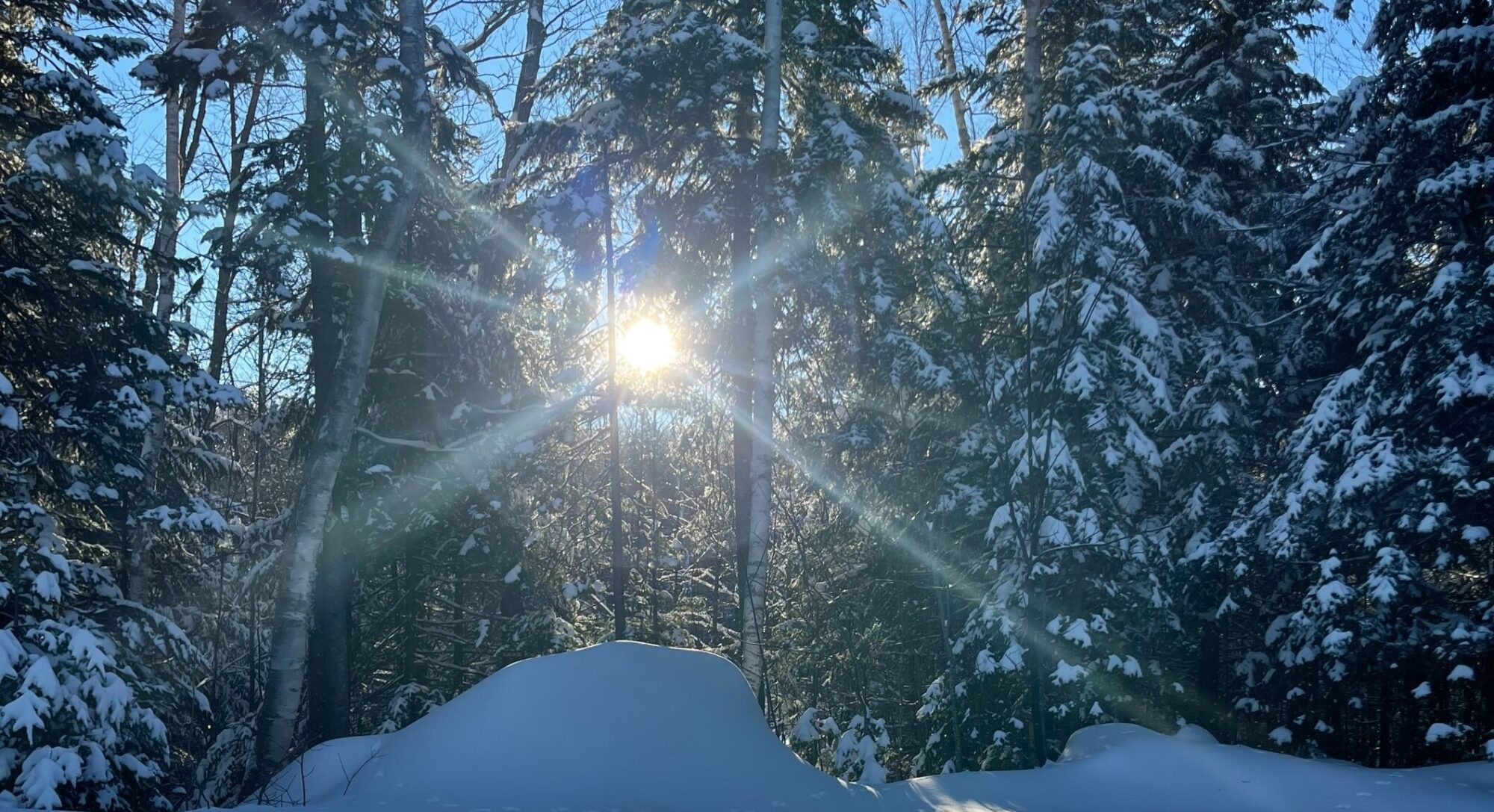What’s the sun all about?
A star is a big, hot ball of glowing gas. At night, you can see tons of stars twinkling in the sky. But what about during the day? You can still see a star—our closest one! That bright light in the sky is the Sun, and it’s actually a star too.

“The Sun is the giver of life.” -Ramses II
How close is it?
The Sun is about 93 million miles away from Earth. That’s about 400 times farther than the Moon is from us!
It’s actually a good thing we’re not any closer. If Earth was too close to the Sun, it would be way too hot for us to live here. The surface of the Sun is super hot, and the area around it is even hotter. But the hottest part is deep inside the Sun—its core—which can reach a crazy 15 million degrees Celcius!
We can’t live without it
Life on Earth wouldn’t be possible without the Sun. Here’s why:
The Sun’s gravity keeps the whole solar system together. In fact, our solar system is named after the Sun—“sol” is the Latin word for Sun.
The Sun gives off heat, which makes Earth warm enough for us to live on.
The Sun also gives us light. Without it, plants couldn’t grow, animals wouldn’t survive, and there would be no food—so we wouldn’t be here either.
Fun facts!
- The Sun has times when it’s more active and times when it’s calmer. Things like solar flares and sunspots happen more often during the active times. This cycle of ups and downs happens about every 11 years and is called the solar cycle.
- Since it was formed, the Sun has been slowly getting brighter. Billions of years ago, it wasn’t as bright as it is today.
- Almost all the stuff in our solar system is in the Sun—about 99%! That means all the planets, asteroids, and comets combined make up less than 1%.

